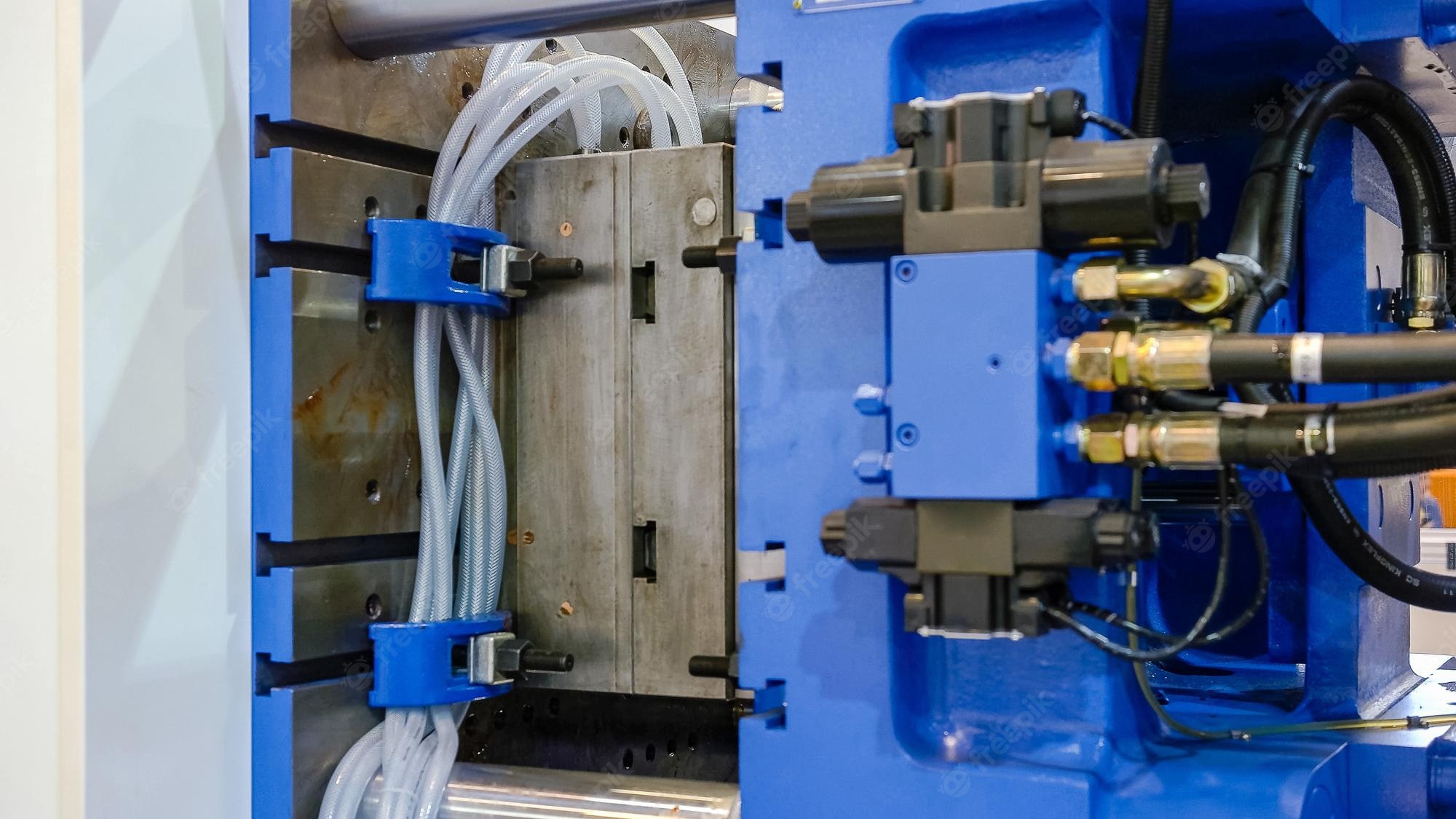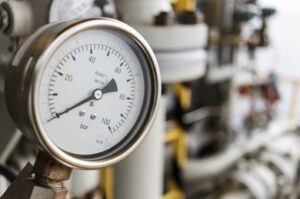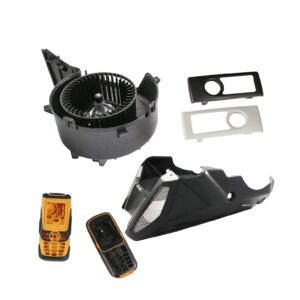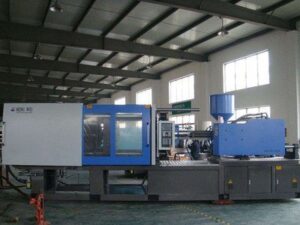Quality and efficiency are two of the top priorities for any business, especially when it comes to plastic injection molding. If you’re new to this process or have not yet mastered it, achieving a high level of quality and efficiency can be challenging. However, that doesn’t mean it’s impossible to do! Depending on the type of product you need to produce, there are various ways in which you can optimize your process and achieve great quality and efficiency with plastic injection molding. This blog post will give you an introduction to the world of plastic injection molding as well as some advice on how you can improve your processes so that they are more efficient and produce better quality products.
What is Injection Molding?
Injection molding is a manufacturing process that creates a molded part by injecting a liquid resin into a mold that has been preheated to melt the material. The injection molding process is used to produce a wide variety of parts made from polymers, thermoplastics, thermoset materials, metals, and other materials. Injection molding was invented in the 1930s and has been used in industry ever since on a massive scale. This is because the process is highly efficient and can produce millions of parts per year, each with a very high quality. When done properly, the process can be completely automated and fully controlled from start to finish. Injection molding can be used for a wide variety of applications and parts, including automotive components, consumer goods, medical devices, and much more.
Tools for Improving Quality and Efficiency in Plastic Injection Molding
To achieve great quality and efficiency in plastic injection molding, it’s important to have the right tools and processes in place to ensure that your parts are meeting the required specifications. This can only be achieved if you have the right tooling, which can be expensive. However, investing in high-quality tooling is crucial to the operation of your business. That’s why it’s important to choose the right supplier and take into account certain factors when purchasing your tooling, such as: – What material is suitable for your application? – Which design is most suitable? – How much will they cost? – What are the benefits of each type of mold?
Great quality comes from great tooling
A high-quality product starts with a high-quality mold, which is the basis for your injection molding operation. Your tooling is important for a few reasons. Firstly, it ensures consistent quality and allows for the production of many parts that are identical. This helps with efficiency because, even though you have to produce many parts, they are all the same so the process is easier to repeat. Secondly, your tooling will impact the overall lifespan of your mold, which is crucial in an industry where the production of millions of parts is expected. If you’re producing a high-quality product, it’s likely that it will be used for a long time. This can be attributed to consistent rates of use and proper maintenance of the mold, which includes keeping it clean and well lubricated.
Good practices during the design phase
The design phase is an area that many businesses overlook, but it is one of the most crucial parts of the whole process. Here are a few tips for optimizing your design phase and getting the best results: – Use software that was designed for the plastics industry – There are many software programs and computer-aided design tools that can be used to design parts, but only a few will work with plastics. Make sure you’re using the right one! – Aim for a Single Shot Mold (SSM) – When designing your mold, you may have the option to produce a multiple-shot mold or a single-shot mold. With a single-shot mold, you only have to preheat and fill the mold once. This means that the process is more efficient and you’re able to produce more parts per day. – Take the chosen material into account – The material you choose to produce your part out of will determine the type of design you use. Certain materials, such as metals, are very resistant to heat and can withstand higher temperatures. Other materials, such as polymers, are much more sensitive to heat and need to be produced in a different way. – Consider maintenance – Is your design easy to clean? Does it have any parts that can be removed for cleaning? These are all things that need to be taken into account during the design phase and often get overlooked.
Good practices during the production phase
This phase of the process is when everything comes together. Parts are being produced on a daily basis, which means there are a few things that you can do to ensure that you’re operating as efficiently as possible. Here are a few tips for optimizing your production phase: – Keep an eye on metrics – If you’re using an injection molding machine, you’ll have certain metrics that you need to monitor. This includes the pressure, temperature, speed, and volume. It’s important to keep an eye on these metrics throughout the process so that you can intervene if they are going off track. – Use the right lubricants – Depending on the type of material you’re producing, you’ll need to be using the right lubricants. For example, if you’re producing parts out of polypropylene, you’ll need to use a different lubricant than if you’re producing parts out of ABS. Lubricants are important because they help parts to slide out of the mold more easily as well as helping them retain their shape. – Stay clean – Cleanliness is crucial in any industry, but is perhaps even more important in plastics. This is because you’re working with toxic and dangerous materials, such as solvents. It’s important to keep your area clean and organized so that you avoid hazardous situations and can also avoid waste.
Conclusion
Injection molding is a manufacturing process that creates a molded part by injecting a liquid resin into a mold that has been preheated to melt the material. The injection molding process is used to produce a wide variety of parts made from polymers, thermoplastics, metals, and other materials. In addition to the basics, there are several ways in which you can optimize your process and achieve great quality and efficiency through plastic injection molding. Using the right software and design process, investing in high-quality tooling, and following good practices throughout the production phase are all ways in which you can optimize your process.






